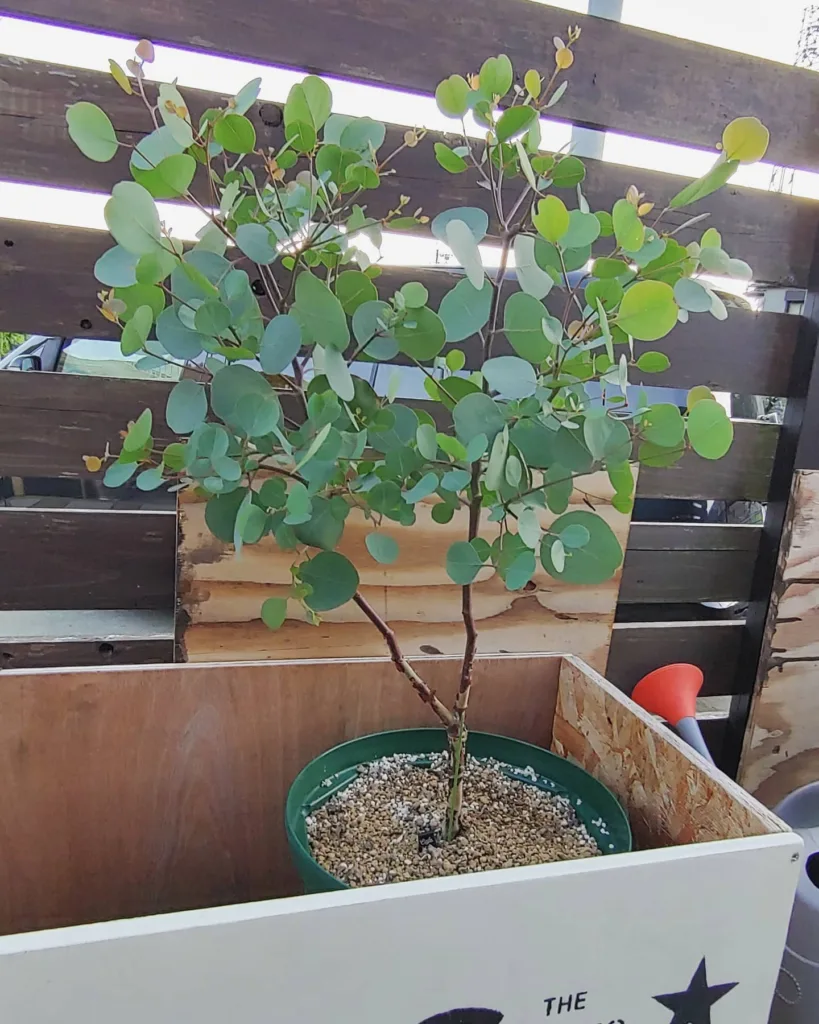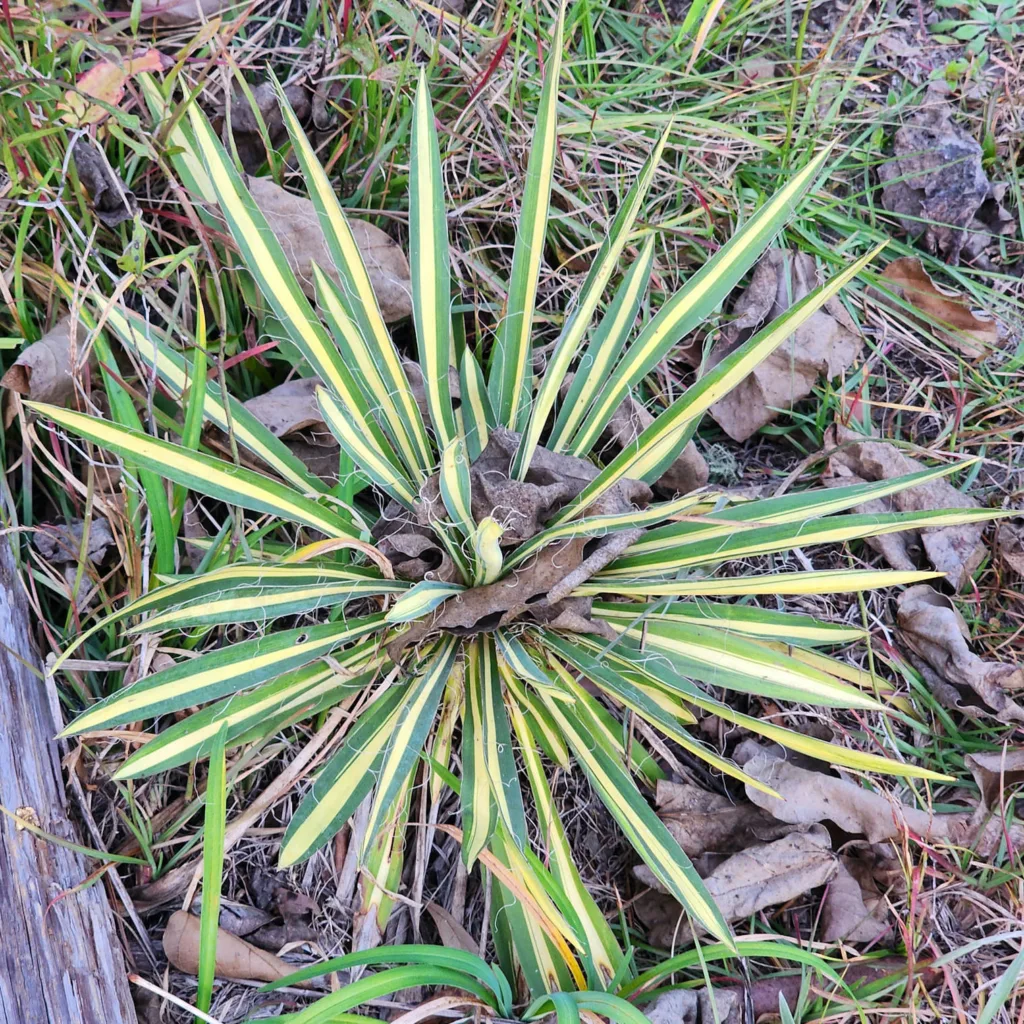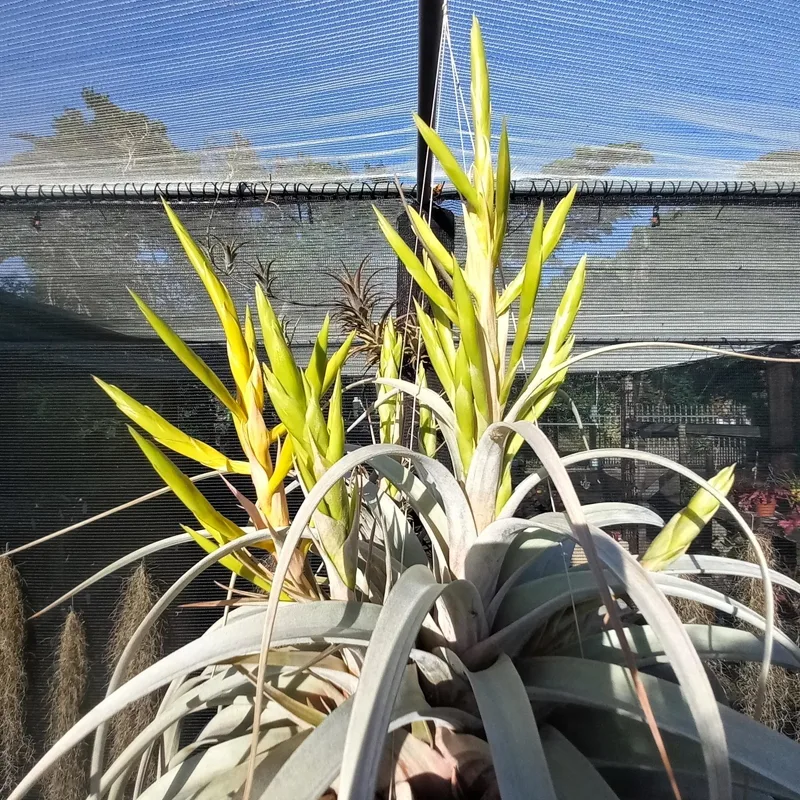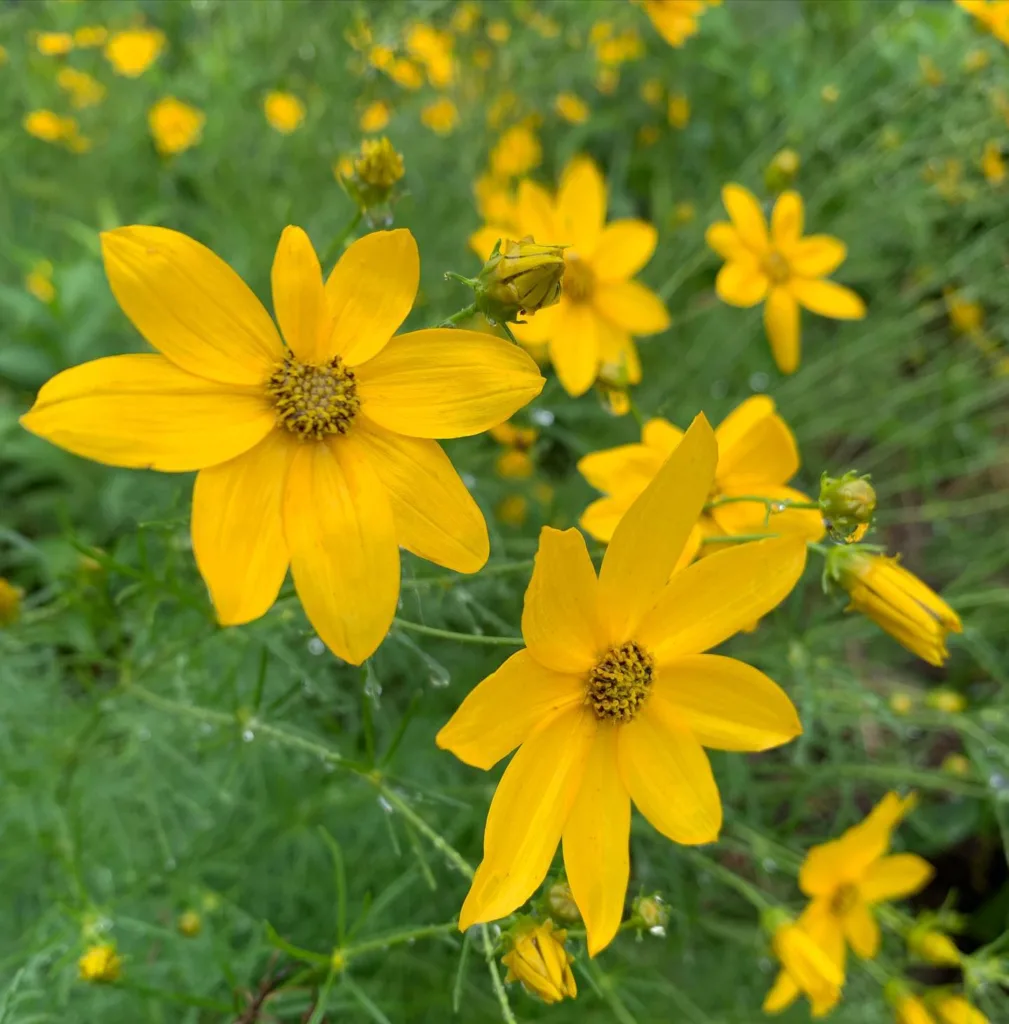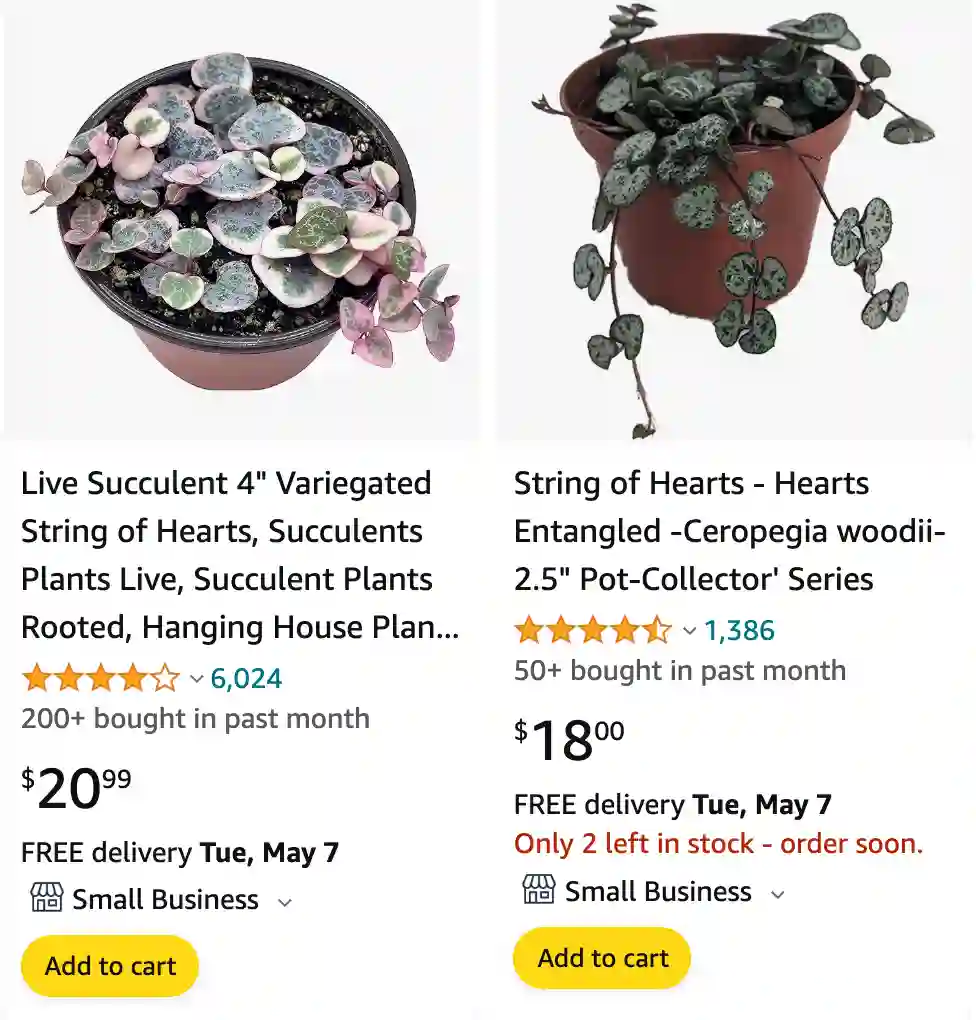
How to propagate string of hearts?
To propagate string of hearts, I usually start by selecting a healthy vine with several nodes along its length. Then, I carefully snip the vine into smaller sections, making sure each section has at least one or two nodes. After that, I let the cuttings callus over for a day or two to prevent rotting. Once they’re callused, I place them in a well-draining soil mix and keep them lightly moist. Within a few weeks, roots start to form, and soon after, tiny new leaves emerge. It’s such a rewarding process watching these cuttings grow into new plants, and it’s a great way to share the beauty of string of hearts with friends and family.
461 Species in Genus Ceropegia
How to care for string of hearts?
Caring for string of hearts is quite straightforward but requires a bit of attention to detail. I’ve found that they thrive in bright, indirect light, so I usually place mine near a window where they can get plenty of sunlight without direct exposure. When it comes to watering, I prefer to let the soil dry out slightly between waterings to prevent root rot, as they’re susceptible to overwatering. I’ve also learned that they appreciate a well-draining soil mix, so I usually add perlite or sand to ensure good drainage. As for fertilizing, I feed mine with a diluted liquid fertilizer once a month during the growing season to promote healthy growth. Overall, string of hearts is a relatively low-maintenance plant that adds a lovely touch to any space with its delicate cascading vines.
How to make string of hearts fuller?
Making string of hearts fuller can be achieved through regular pruning and providing optimal growing conditions. I’ve found that trimming the vines back encourages bushier growth, especially if you pinch off the growing tips. Additionally, providing adequate light and occasional fertilization can stimulate healthy growth and make the plant appear fuller over time.
Are string of hearts toxic to cats?
String of hearts, unfortunately, is toxic to cats if ingested. As a cat owner myself, I take extra precautions to keep my plants out of reach or opt for safer alternatives if I want greenery in areas accessible to my furry friend.
How often to water string of hearts?
Watering frequency for string of hearts depends on various factors such as humidity, temperature, and light conditions. I typically water mine when the top inch of soil feels dry to the touch, usually every 1-2 weeks during the growing season. In winter or during periods of dormancy, I reduce watering to prevent overwatering.
How to repot string of hearts?
When it comes to repotting string of hearts, I usually wait until the plant has outgrown its current container or when I notice roots protruding from the drainage holes. Carefully removing the plant from its pot, I gently shake off excess soil and replant it in a slightly larger pot with fresh, well-draining soil. Ensuring the roots are not damaged during the process helps the plant transition smoothly into its new home.
Is string of hearts a succulent?
Yes, string of hearts is considered a succulent. Its thick, fleshy leaves and ability to store water allow it to thrive in dry conditions, making it well-suited to indoor environments.
Do string of hearts like humidity?
String of hearts generally prefers average to high humidity levels, but they can tolerate lower humidity as well. To increase humidity, especially in dry indoor environments, I sometimes place a tray of water filled with pebbles beneath the plant or use a humidifier nearby.
How fast do string of hearts grow?
The growth rate of string of hearts can vary depending on factors like light, temperature, and humidity. In optimal conditions, they can grow relatively fast, producing new vines and leaves throughout the growing season. However, growth may slow down during the winter months or in less-than-ideal conditions.
Can string of hearts live in water?
While string of hearts can survive in water for short periods, they are not ideally suited for long-term growth in water. I’ve experimented with rooting cuttings in water before transferring them to soil, but I find they thrive better in a well-draining soil mix.
String of Hearts vs String of Turtles
Comparing my String of Hearts to my String of Turtles, I find the delicate trailing hearts much more enchanting and whimsical than the round leaves of the turtles.
String of Hearts Purple vs Green
While my String of Hearts Purple has a stunning, rich hue that catches everyone’s eye, the classic green version feels more versatile and blends seamlessly with my other plants.
String of Hearts Silver Glory vs Regular
I adore the unique variegation on my String of Hearts Silver Glory, making it a standout piece compared to my regular one.
String of Hearts vs String of Pearls
Between my String of Hearts and my String of Pearls, the hearts win hands down for their charming, romantic appearance, whereas the pearls feel a bit too ordinary for my taste.
String of Hearts vs String of Spades
When I look at my String of Hearts and my String of Spades, the hearts’ delicate, heart-shaped leaves always bring a smile to my face, unlike the more angular and less appealing spades.
If i die, water my plants!
